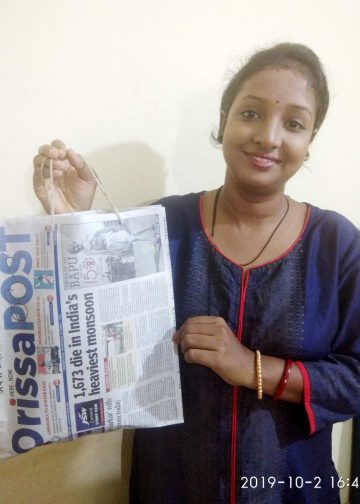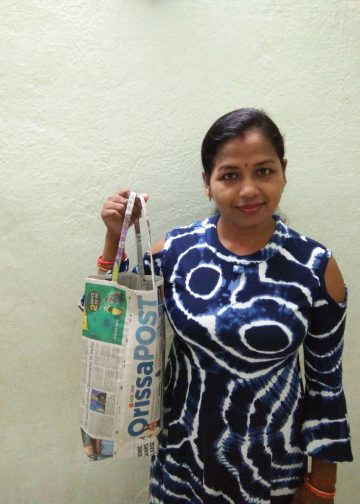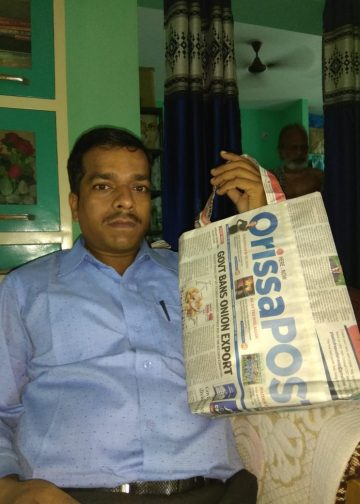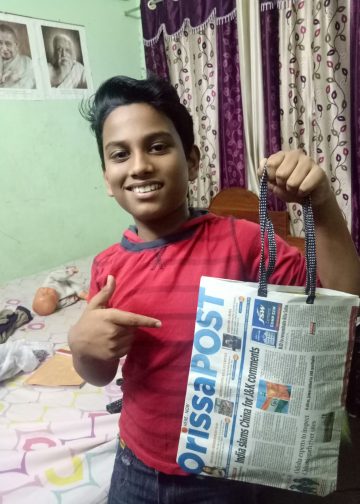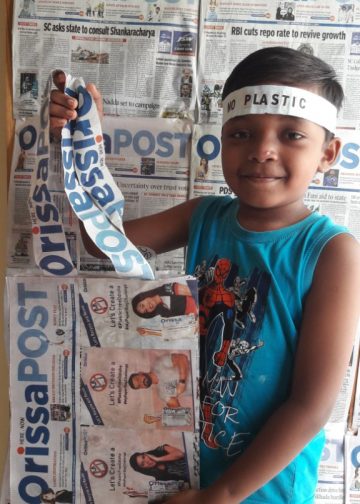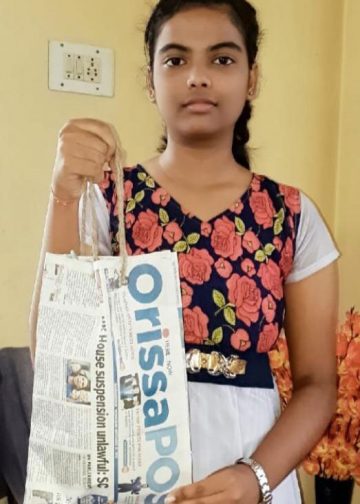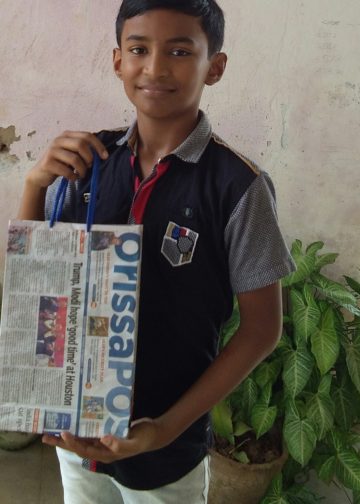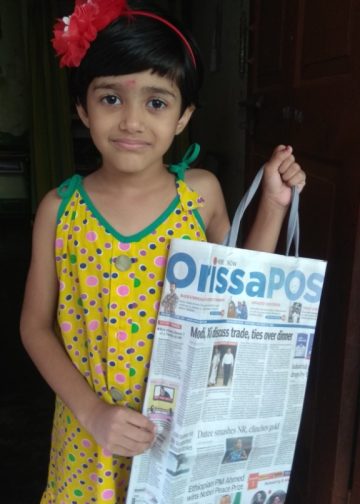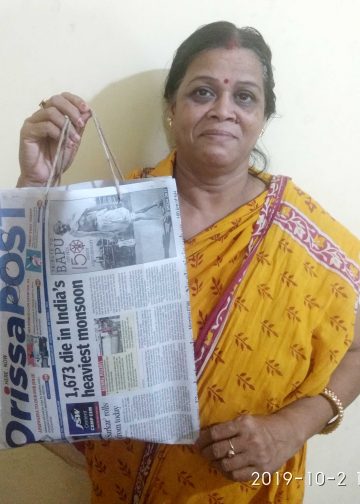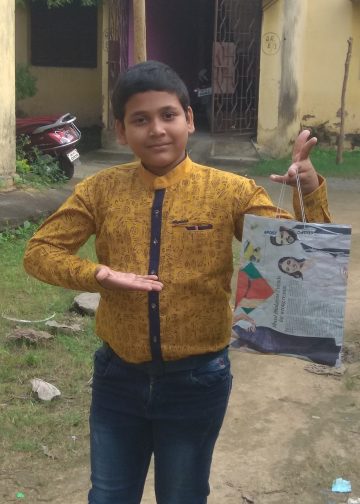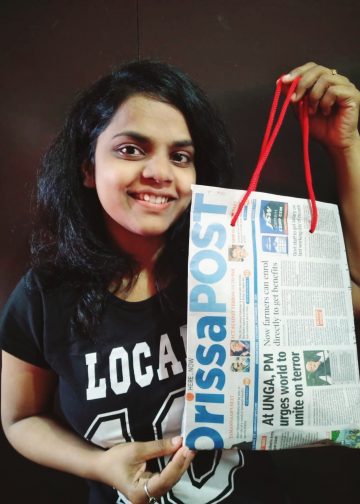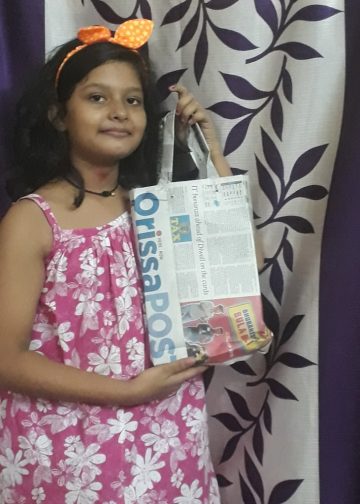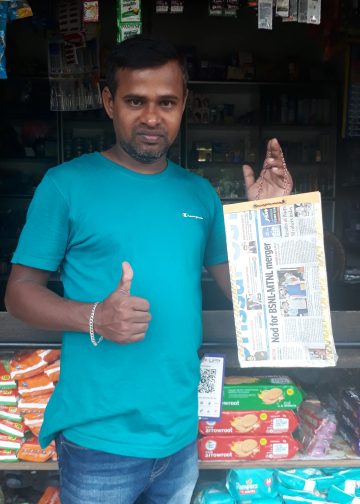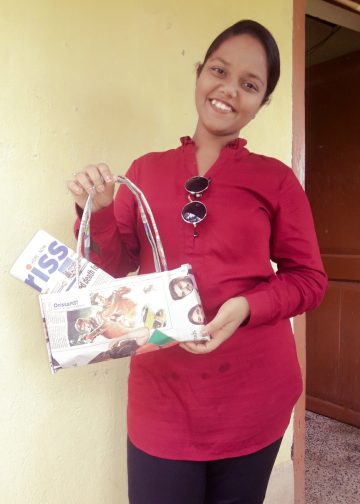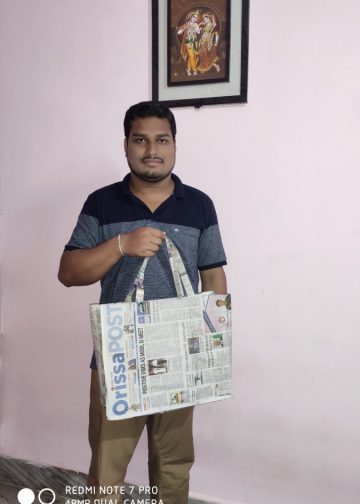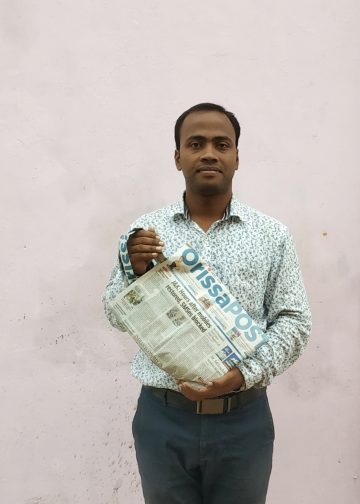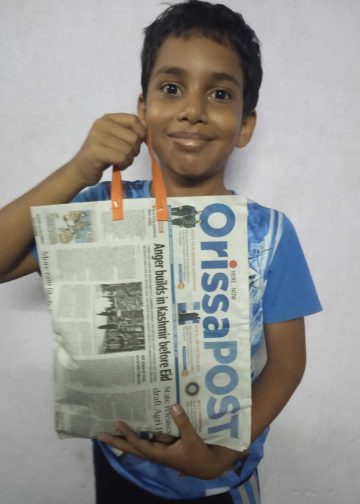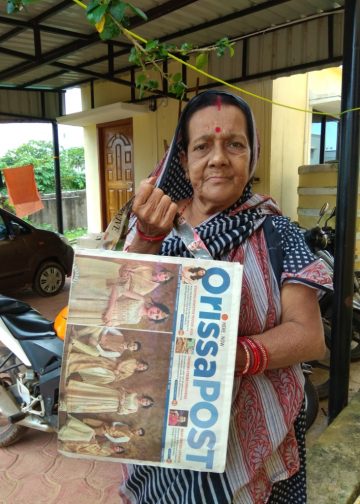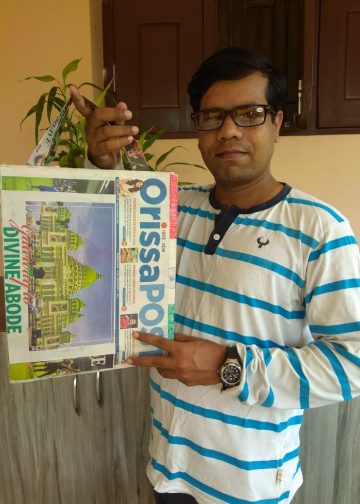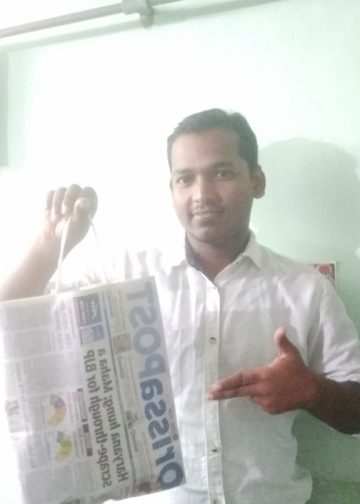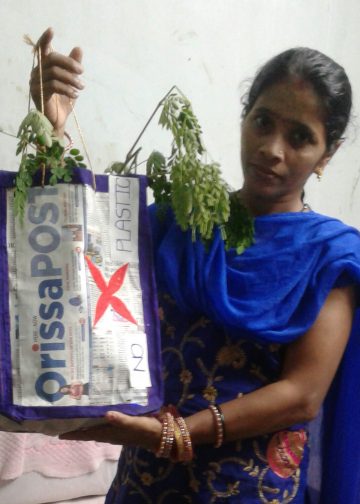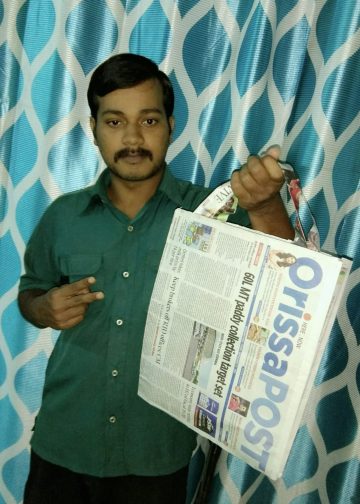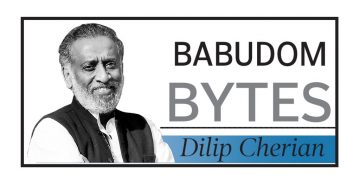Post News Network
Bhubaneswar: Dr Arvind Kumar, a robotic and chest surgeon, who has worked with All India Institute of Medical Science and currently works with Sri Gangaram Hospital, New Delhi, visited the state recently. He spoke with Manish Kumar about the role of robotic surgery and the myths associated with it in society. Excerpts from the interview:
How do robotic surgeries work on human bodies?
There are many myths related to robotic surgery in India. People think in such surgeries, robots and not humans operate. But in fact, in such surgeries doctors operate robots with full control with the help of joy sticks, console machines and computers which fully regulate their movement on human body.
What are the benefits of robotic surgery?
Such surgeries are precise and have many advantages over manual procedures. They can be done in otherwise unreachable parts of the body and can give three-dimensional view during surgery which is not possible with human hands as beyond a point, humans cannot move their hands. Also humans can get only a 2-D image of the body parts being operated.
Is the procedure painful?
It far less invasive than manual procedures. Normally, a complex thoracic surgery needs opening the chest cavity which means the patient requires at least three months of post-operative care to recover and the wounds to heal. But in robotic surgery, three point cuts are adequate. Patients recover within 48 hours and the procedure leaves little room for infections.
What are the limitations of robotic
surgery?
Only cost. It is costlier; an operation can cost anywhere between `75,000 and `80,000 on preparing the robot itself. This includes disinfection to ensure zero infection. A robot costs close to `8 crore owing to which many hospitals do not purchase these machines. In India only 3,000 such machines are in operation and they are confined to metros.
When did the technology enter India?
In 2004-05 but it developed only after 2012. Many are still reluctant to use such technology due to myths associated with it.
Does such surgery have a future?
A: Of course. Only cost is slowing its adoption. Only one manufacturer currently makes such robots and is therefore enjoying a monopoly. Once more companies begin producing robots, competition will arise and cost will come down. It will pave the way for wider adoption of the machines.
What is your assessment of the health of Indians in terms of chest related conditions?
Compared with the western world, we are more at risk. Problems such as pollution and smoking are common in the West and India but in India prevalence of tuberculosis is high. Indians are more vulnerable to chest problems and the existing situation indicates it is likely to grow.






